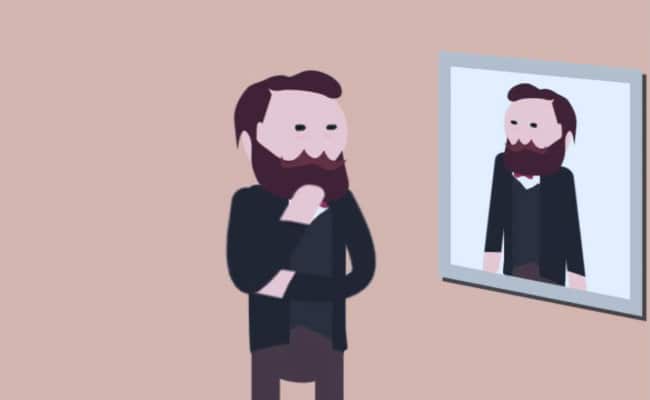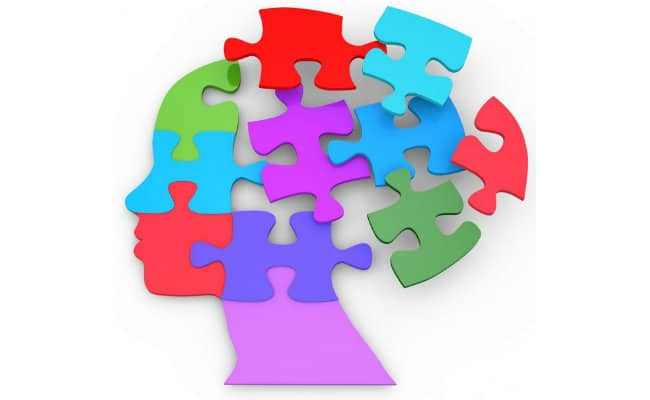La theory of structuralism, also called structural psychology, revolutionized contemporaneity: from the moment of its approach, the human being has seen himself in the responsibility of his behavior with respect to his consciousness and development abilities.
This theory of knowledge was developed in the XNUMXth century by Wilhelm Maximilian Wundt and Edward Bradford Titchener, where the adult mind is studied, through methods such as introspection that allow the patient to deepen their emotions and past experiences, in search of any change that demonstrates more information about the internal content of the person both emotionally and psychologically.
What is structuralism?
The term structural psychology, refers to the study of the elements of consciousness, has a completely philosophical approach that is not pigeonholed in a single thought such as cultural anthropology, linguistics or Marxism.
The main objective of structuralism is to be able to delve into the human sciences, it is proposed to analyze a specific area, said area is defined as a complete system with parts related to each other, that is, an internal quality of the patient is sought considered as a structure that in turn, it has meaning within the culture itself.
The meaning itself that is given to said structure is exhaustively studied and questioned beforehand, for this, methods such as the study of the behavior that the individual has in their daily life are applied.
Very common activities that do not mean submission to stress by the patient, in general, they are daily activities and habits that the person already has implemented in their life; An example: the way you serve cereal, how you prepare other dishes, how often you go to church.
The novelty posed by structuralism consists in breaking with any concept of structure as it is rooted in “conventional” psychology. This, in turn, exposes the need to eliminate any conditioning structure.
One of the pioneers and main exponents of this theory was the ethnographer and anthropologist Claude Lévi-Strauss, who analyzed cultural phenomena such as mythology and kinship systems.
On the other hand, the German Wilhelm Maximilian Wundt, who was deeply focused on developing the theory and was in the main stages of its study, considered doing a test in his laboratory, where he took an apple and wrote its characteristics on it. according to their criteria: how is the apple, what does it look like, what flavor and textures does it have inside ...
Applying one of the principles of introspection that determines that any conscious experience must be described in its most basic characters.
This would ensure that the individual was determined to put much more effort into introspection, and not just label an object for what it is with the naked eye.

Wundt
WHelm Maximilian Wundt, was a German psychologist, physiologist and philosophical. Developed the first experimental laboratory in Leipzig. In this city it was the university professor of Edward Bradford Titchener who later raised the theory of structuralism according to the experiments, essays and theories studied together with his teacher.
Wundt is frequently associated with ancient literature and its relationship to the implementation of similar methods of introspection. Wundt makes a clarification on the validity attributed to the experiences evaluated under the magnifying glass of controlled introspection and those that have been studied under philosophical currents, which in this case he calls pure introspection.
titchener
Edward B. Titchener was a British psychologist, who was a student of Wilhelm Maximilian Wundt, who would become his mentor throughout his life and encourage him to expose his theory to the world. In his adult years he moved to the United States, where he was most successful.
He is considered the founder of structuralism, he is clearly introspectionist, at the time of his arrival in the United States he made the mistake of presenting his teacher as such, which confused the American population much more, since in that part of the world, no it existed at the difference between consciousness and unconscious.
Wundt's reality was that he could not define introspection as a valid method to reach the unconscious, since he understood as introspection to conscious experience which did not have influential external components.
He classified the structures according to observable elements or reactions as valid to belong to science, any other reaction that is considered as a present phenomenon but whose origin or validity is not determined exactly, must simply be discarded from society.
Characteristics of structuralism
- Comment: It is present in all study processes, it is essential to determine the patient's behavior according to what past experiences they have lived. It should be noted that such observation cannot interfere at any time with the individual's introspection.
- Language as a system: This current considers language as a system, that is, it is not disassociated from any element as a whole.
- Descriptive approach: the behavior of the individual is studied under introspection to make an exact description of each process, change and experience that the same goes through.
- Inductive method: the experience of the environment or context is left aside, a theory is made from the analysis of the body as such.
- Structural analysis: A terminology adaptable to the needs of the individual is used, for this it is necessary to specify levels and specify notions according to units in a hierarchical way.
- Background: Like any current or study, it has antecedents, on this occasion structuralism is governed by the influence of existentialism, not as a philosophy, but as an impulse for the birth of structural theory.
- Methodological perspective: Although the method has theories and philosophical ramifications under consideration, it does not mean that it can be classified as a school, rather it must be implemented with a methodological perspective for the study of the behavior of being.
- Context and relationships: Structuralism is born in the concepts of Marxism and functionalism, sharing similarities in that they all share concepts and notions outside the concept of science.
- Structuralism and literature: In this art, structuralism seeks to study each structure classified in paragraphs or page to make a comparison between older works, belonging to other cultures and contexts.
The psychology of consciousness

To delve deeply into the study of the psychology of consciousness itself, structuralism is based on applying the following research and qualification methods:
Introspection
Titchener used introspection as the main method of study, thus achieving an exact determination of all the components of consciousness, which becomes individual according to the needs of each being.
He stated that the state of consciousness can become a method of infinite and immediate knowledge, by way of introspection in being itself.
Unlike the introspection method implemented by Wundt, which was very superficial, Titchener's was completely a process, strict orders were imposed to be able to develop the study around the consciousness of being, in order to present a much more complete and complete introspective analysis. precise.
Each examination consisted of confronting the patient with an object, without denying its origins, classification and use, subsequently, the person had to be able to name or describe the characteristics of the object in a state of introspection.
The only condition that was imposed on the patient was not to mention the name of the object at any time, so that he could delve into its other characteristics.
Elements of the mind
Titchener classified each of the elements of the mind: elements of perception, elements of ideas and elements of emotions, these can be divided into their properties: quality, intensity, duration, clarity and length.
Images and sensations lack clarity, so they can be broken down as a group of sensations.
These three elements mentioned previously, conclude that each sensation is elemental.
It means that all reasoning can finally be divided into sensations, which are reached solely and exclusively through introspection.
Interaction of elements
The second approach in Titchener's theory was that each of the mental elements interact with each other in order to create a conscious experience.
Physical and mental reactions
Titchener's main interest was to be able to relate physical processes to conscious experiences, what changes experienced being subjected to introspection, the British maintained, that each physiological reaction was closely related to introspection, that without this type of reactions, the same process could be considered useless failed.
Structuralism in literature
Structuralism analyzes literature as a study method for the patient, a very critical structuralist will make an in-depth examination of each paragraph that contains said text, it should be noted that the literary work can belong to any genre, the important thing about this task is to analyze the structure of the work much more in the narrative than in its content, which in this case is “useless”.
The objective of this activity is to be able to compare the work with structures belonging to other times and cultures to detect any link or relationship with what is being analyzed.
Structuralism in contemporaneity
Structuralism gave a change to the contemporary life of the average adult, with the arrival of this theory to the daily lives of those who implemented it, the human sciences flourished exponentially.
At a certain point, history reached a new and different meaning, the individual completely transformed the strategies of the system, thus updating the new study methods for human behavior according to the experiences acquired throughout his life.
The way of behaving of the being is no longer governed by prejudices and aesthetic values without any scientific foundation. Now the importance of introspection of one's own being has acquired sufficient prominence for it to be responsible in all senses for its own sensory experience.
Very important for scientific knowledge in our modern society.
who is the author of this page? to cite him in a research paper
What are the sources of this article? It is always necessary to have them, to be able to cite in research papers.
THE TRUTH I NEED SOMEONE TO HELP ME WHAT IS THE OBJECT OF STUDY AND WHERE IT CAME AYUDAAAAAAAA